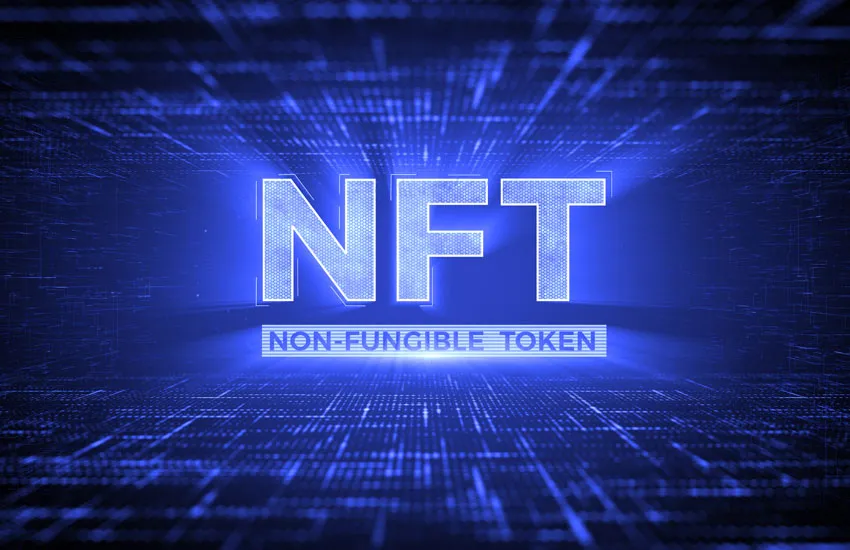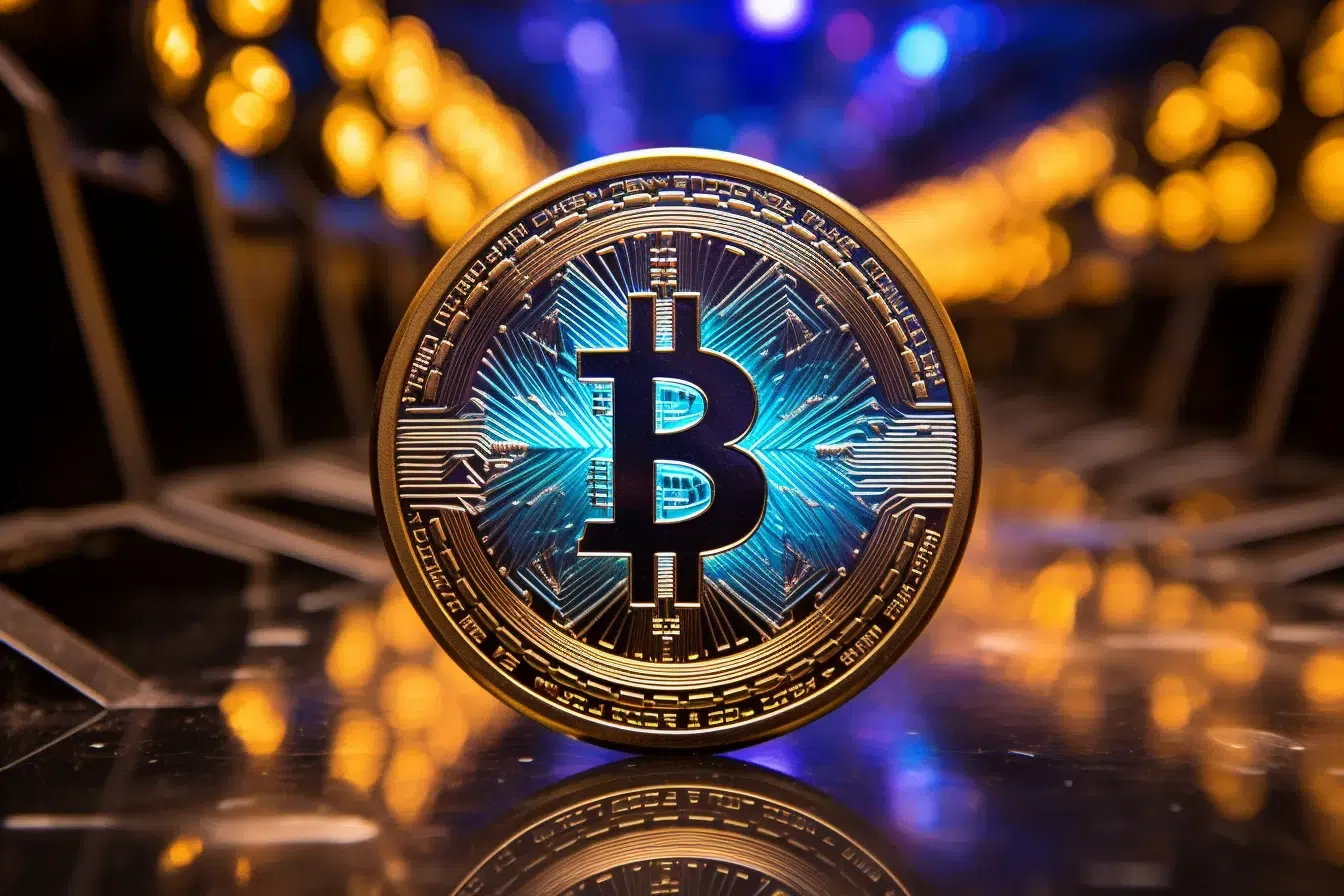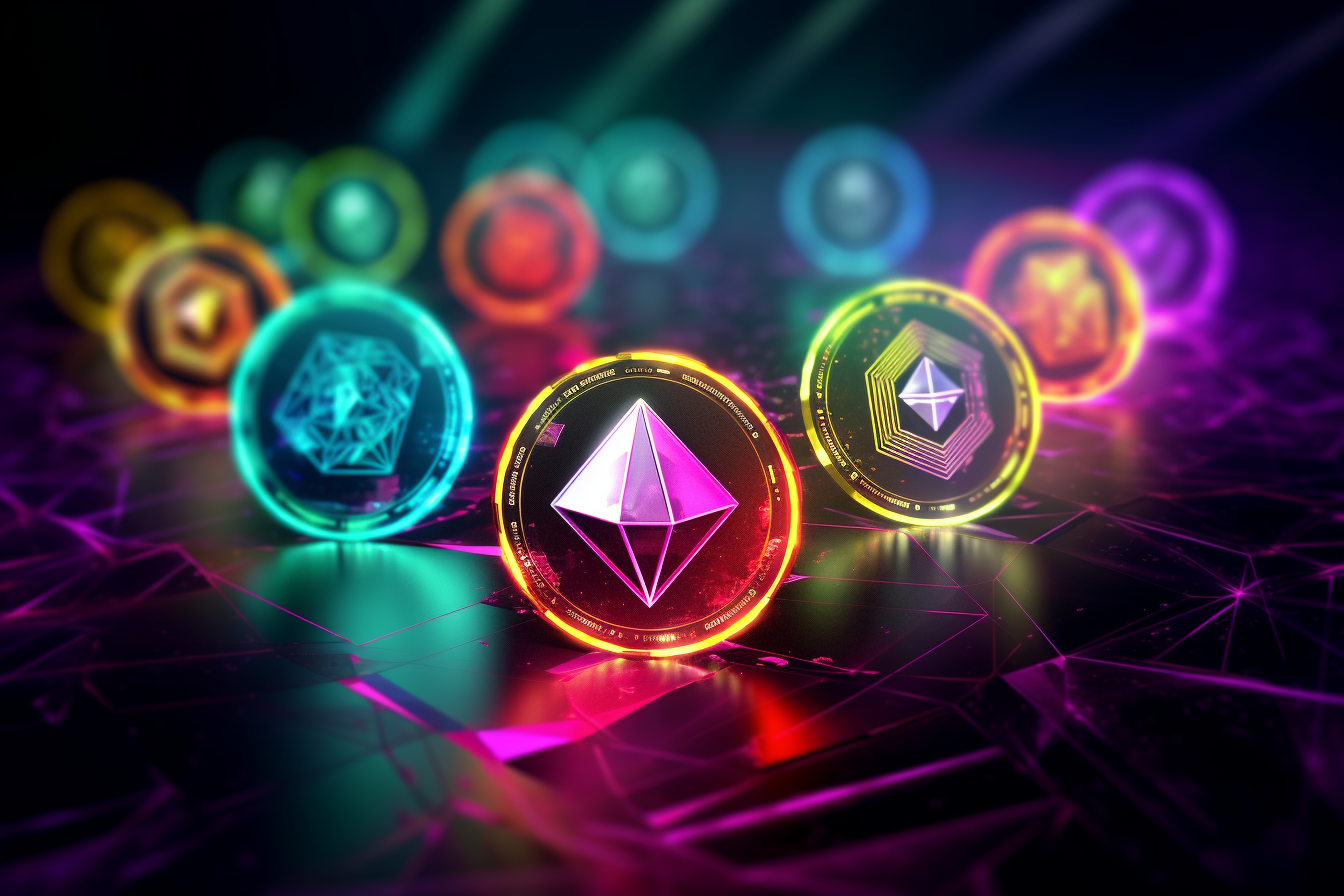Remember the frenzy? The headlines screaming about million-dollar JPEGs, the celebrity endorsements, the feeling that you were either in or missing out on the digital gold rush of Non-Fungible Tokens (NFTs). Fast forward to today, and you might hear whispers, even pronouncements, declaring the NFT market dead. But before you write off your digital collectibles or dismiss the entire space, let’s take a closer look at what the data actually reveals.
While the deafening roar of hype from 2021 and early 2022 has certainly quieted down, declaring the NFT market deceased is a premature and inaccurate assessment. In fact, a deeper dive into the numbers and ongoing trends paints a picture of a market that is maturing, evolving, and far from its demise.
The Numbers Don’t Lie (Completely):
It’s true, the dizzying heights of peak NFT mania have receded. The speculative bubble has, to a large extent, deflated. However, this correction doesn’t equate to death. Consider this:
- Billions Still Flowing: In 2024 alone, the NFT market witnessed a substantial $8.8 billion in sales. This figure isn’t just pocket change; it actually surpassed the total sales volume of the entire year of 2023. This clearly indicates that significant trading activity persists within the NFT ecosystem.
- Projected for Massive Growth: Looking ahead, the forecast for the NFT market remains incredibly optimistic. Industry analysts predict a staggering global NFT market size reaching $152.54 billion by 2030. This projection comes with a robust compound annual growth rate (CAGR) of over 30% in the coming years. Such figures hardly suggest a dying market.
Beyond the Hype: A Market Maturing:
The narrative around NFTs is shifting. We’re moving away from the era of purely speculative buys driven by FOMO (Fear Of Missing Out) towards a landscape where utility and real-world applications are taking center stage. This maturation is a healthy sign for the long-term sustainability of the technology.
The Rise of Utility:
NFTs are no longer just about owning a unique digital image. They are increasingly offering tangible benefits to their holders, such as:
- Access to Exclusive Experiences: Think VIP passes to events, early access to product launches, or membership to exclusive online communities.
- In-Game Assets: The gaming industry continues to be a hotbed for NFT adoption, with players owning and trading unique in-game items, land, and characters. Blockchain gaming companies attracted significant investment in 2024, underscoring the potential of this intersection. Imagine owning a rare sword in a game that you can sell or trade with other players – that’s the power of utility NFTs.
- Loyalty Programs: Brands are exploring NFTs as a way to enhance customer loyalty, offering unique digital collectibles that unlock special perks and rewards.
- Tokenization of Real-World Assets (RWAs): This is perhaps one of the most exciting and potentially transformative applications. Imagine owning a fraction of a real estate property or a valuable piece of art through an NFT. This tokenization can democratize access to traditionally illiquid assets and increase market efficiency.
Bitcoin Enters the NFT Arena:
A significant development in the NFT space has been the emergence of Bitcoin NFTs, also known as Ordinals. This has injected new life and a different community into the NFT market, attracting Bitcoin enthusiasts and expanding the possibilities for digital collectibles on the world’s oldest and most secure blockchain.
Big Brands Are Still Building:
Don’t think the corporate world has forgotten about NFTs. Major brands across various industries are actively exploring and implementing NFT strategies. From digital collectibles that enhance brand engagement to loyalty programs powered by blockchain, these companies see long-term value in the technology.
The Correction Was Necessary:
The dramatic drop in trading volume and prices from the 2022 peak was arguably a necessary market correction. The initial hype had inflated prices to unsustainable levels, and this cooling-off period allows for a more grounded and value-driven market to emerge.
In Conclusion: Not Dead, Just Different:
The NFT market isn’t six feet under; it’s undergoing a significant transformation. The era of blind speculation might be behind us, but what lies ahead is a potentially more sustainable and impactful future driven by utility, real-world applications, and continued innovation. While some projects from the hype era may have faded into obscurity, the underlying technology and its potential to revolutionize digital ownership and various industries remain very much alive. So, the next time you hear someone declare the NFT market dead, remember to look at the data – it tells a very different story. The NFT revolution isn’t over; it’s just entering a new, perhaps more meaningful, phase.




 Bitcoin
Bitcoin  Ethereum
Ethereum  Tether
Tether  XRP
XRP  Solana
Solana  USDC
USDC  Lido Staked Ether
Lido Staked Ether  TRON
TRON  Dogecoin
Dogecoin